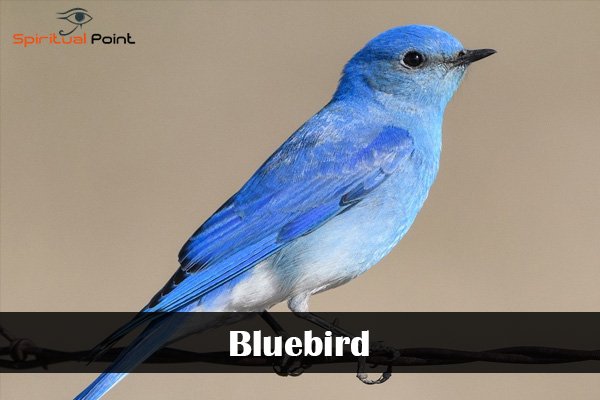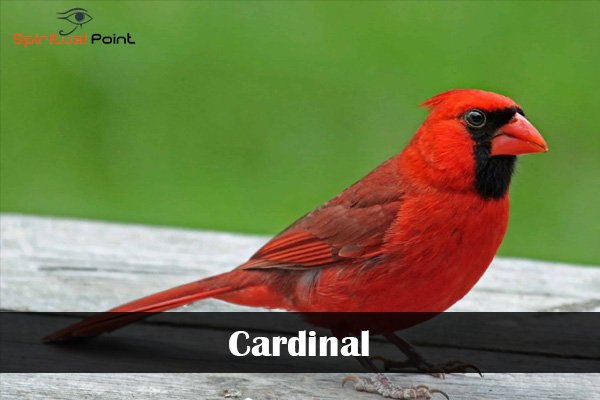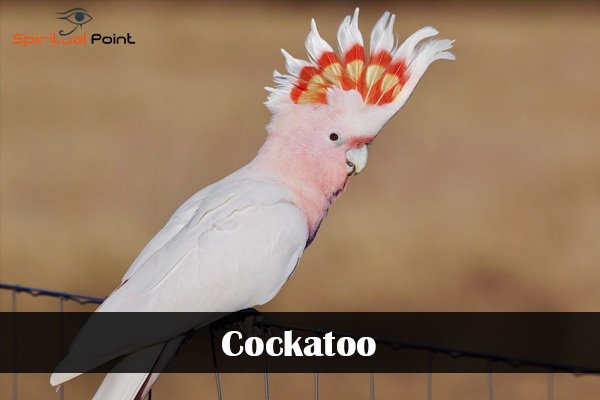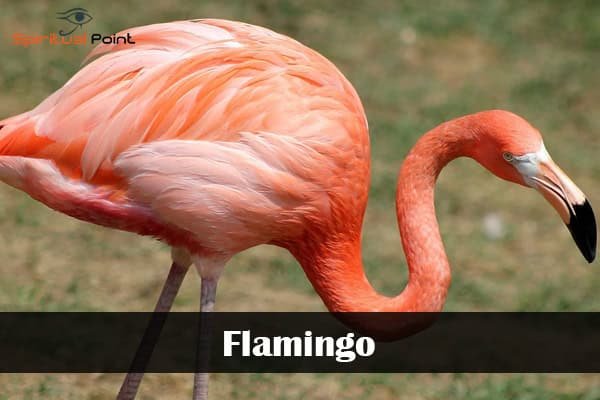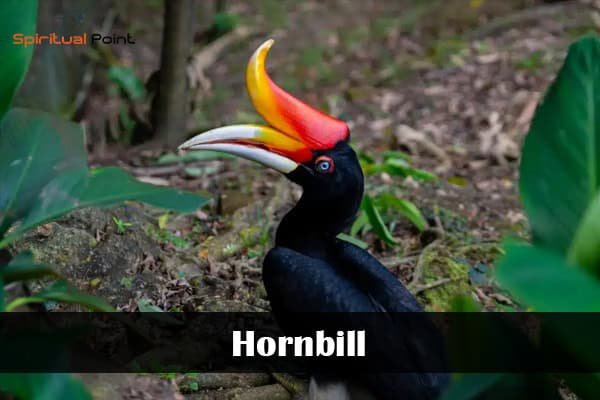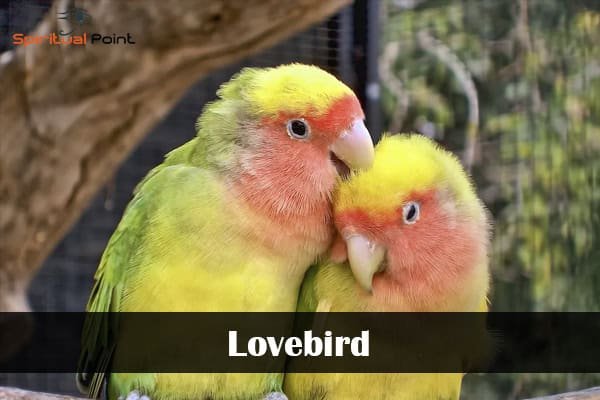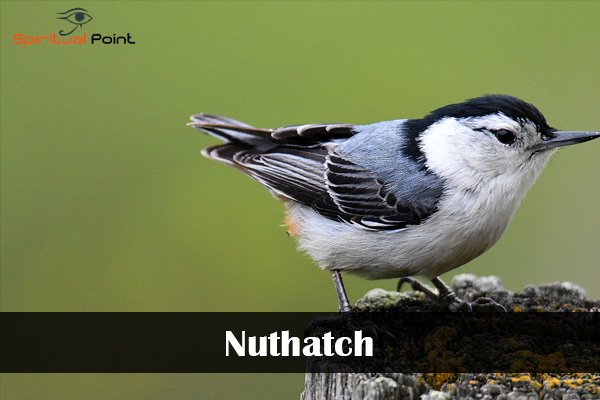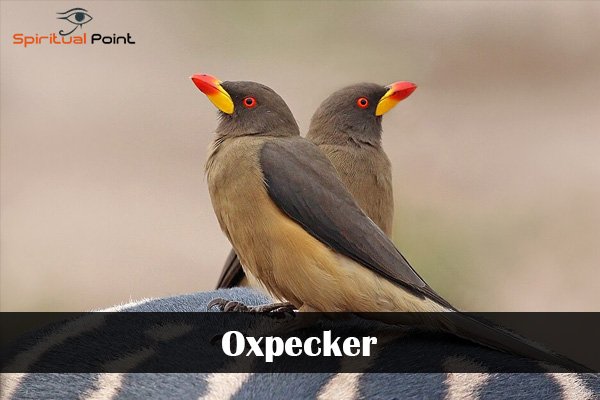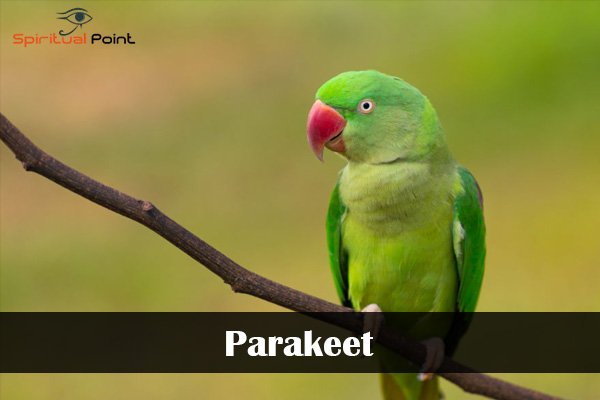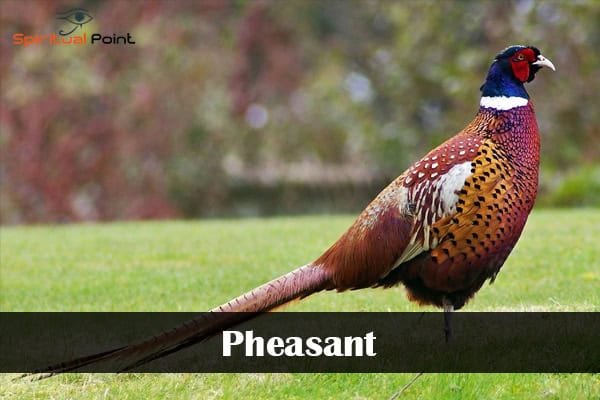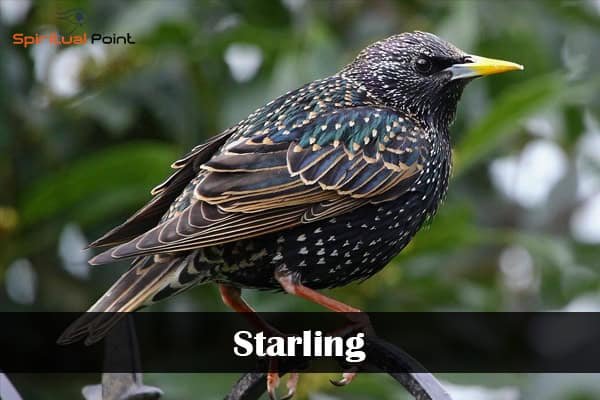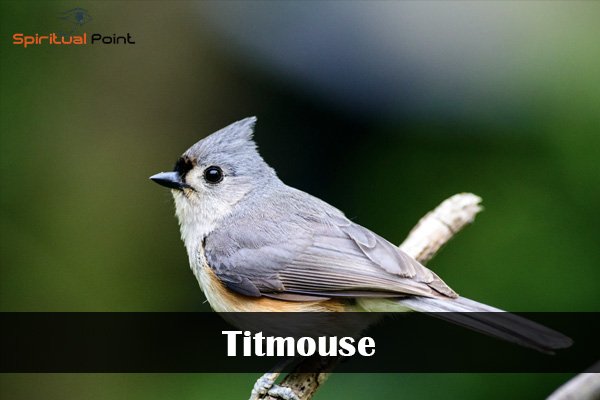If you’re curious about birds with 8 letters, you’re not alone. These uniquely named birds are fascinating to bird lovers, puzzle fans, and nature watchers alike. From common backyard birds like the Bluebird to rare and colorful species, each one brings something special. Their names are perfect for bird name puzzles, and many of them can be seen right here in the U.S.
This list blends beauty, behavior, and trivia to help you explore birds by their names. Along the way, you’ll discover bird calls and songs, learn fun facts, and sharpen your skills in bird identification. Let’s uncover the wonder behind these eight-letter avian gems.
Introduction to 8-Letter Bird Names in the USA
Many birdwatchers and wildlife enthusiasts become curious about birds with eight letters. These names are fun to explore and offer a great way to build vocabulary. Teachers even use them in lessons to help kids learn about avian species, spelling, and science. Some people also use them in bird name puzzles like Scrabble and crosswords.
In the USA, you can find many small songbirds with eight-letter names right in your backyard. Birds like the Bluebird, Cardinal, and Titmouse are just a few examples. Others, like the Cockatoo parrot or the Flamingo, might be harder to spot unless you visit a zoo or travel. Each one teaches us something unique about bird calls and songs, color patterns, or nesting habits.
Quick List: All 8-Letter Bird Names
Here’s a helpful table listing all 12 featured birds, each with an 8-letter name. It shows their type, natural habitat, and if they’re native to the U.S.
| Bird Name | Bird Type | Found In | Native to USA |
| Bluebird | Small songbird | North America | Yes |
| Cardinal | Common backyard bird | U.S., Central America | Yes |
| Cockatoo | Exotic parrot | Australia, Indonesia | No |
| Flamingo | Tropical bird | Caribbean, Florida | Yes/Partial |
| Hornbill | Forest bird | Asia, Africa | No |
| Lovebird | Pet bird species | Africa (pet worldwide) | No |
| Nuthatch | Forest bird | U.S., Europe, Asia | Yes |
| Oxpecker | Birds native to Africa | Sub-Saharan Africa | No |
| Parakeet | Pet bird species | Australia, Global | No |
| Pheasant | Ground-dwelling bird | Asia, U.S. (introduced) | No |
| Starling | Invasive bird | Europe, North America | Yes (introduced) |
| Titmouse | Small songbird | U.S., North America | Yes |
12 Birds with 8 Letters
Birds with 8-letter names come in all shapes, sizes, and behaviors. Some are found in forest birds of America, while others are native to distant lands. You’ll find bird photos and facts, along with unique information about their sounds, habits, and history. Let’s take a closer look at each one.
1. Bluebird
- Scientific Name: Sialia sialis
- Size: 6.5–7 inches (17–18 cm)
- Diet: Insects, berries, fruits
- Lifespan: 6–10 years in the wild
- Wingspan: 9.8–12.6 inches (25–32 cm)
- Weight: 0.95–1.20 oz (27–34 grams)
The Bluebird is one of the most beloved common backyard birds in the U.S. Known for its soft blue feathers and cheerful calls, it lives in open fields, parks, and gardens. These birds enjoy birdhouse nesting and are often symbols of hope and happiness.
2. Cardinal
- Scientific Name: Cardinalis cardinalis
- Size: 8.3–9.1 inches (21–23 cm)
- Diet: Seeds, fruits, insects
- Lifespan: 3–5 years in the wild (up to 15 in captivity)
- Wingspan: 9.8–12.2 inches (25–31 cm)
- Weight: 1.5–1.7 oz (42–48 grams)
The Cardinal bird stands out with its bright red feathers and clear whistling tunes. Male cardinals are more colorful, while females are pale with hints of red. Cardinals are permanent residents and easy to spot, especially in winter.
Must Read: 16 Types of Black Birds in Michigan
3. Cockatoo
- Scientific Name: Cacatua galerita
- Size: 17–21 inches (43–53 cm)
- Diet: Seeds, nuts, fruits, berries, roots, insects
- Lifespan: 40–60 years (up to 80 in captivity)
- Wingspan: 37–39 inches (94–100 cm)
- Weight: 28–35 oz (800–1000 grams)
The Cockatoo parrot is a smart and talkative bird found mostly in Australia. With a big crest on its head and a loud personality, this bird loves attention. Though not from the U.S., it is a popular pet in American homes.
4. Flamingo
- Scientific Name: Phoenicopterus roseus
- Size: 43–59 inches (110–150 cm)
- Diet: Algae, crustaceans, plankton, mollusks
- Lifespan: 20–30 years in the wild (up to 50 in captivity)
- Wingspan: 55–65 inches (140–165 cm)
- Weight: 4.4–8.8 lbs (2–4 kg)
Famous for their long legs and bright pink color, Flamingo habitat birds live near shallow lakes. They eat algae and crustaceans to get their pink hue. While often linked to the Caribbean, some flamingos visit Florida wetlands.
5. Hornbill
- Scientific Name: Bucerotidae
- Size: 30–120 cm
- Diet: Omnivore (fruits, insects, small animals)
- Lifespan: 20–40 years
- Wingspan: 90–180 cm
- Weight: 1–4 kg
The Birds with 8 Letters of Hornbill is known for its curved beak and long eyelashes. These birds with unique plumage live in African and Asian forests. They nest in tree cavities and play an important role in spreading seeds.
6. Lovebird
- Scientific Name: Agapornis
- Size: 13–17 cm
- Diet: Seeds, fruits, vegetables
- Lifespan: 10–15 years
- Wingspan: 24–28 cm
- Weight: 40–60 g
The lovebird’s behaviour is full of affection and energy. These small, colorful birds form strong bonds with their partners. Though native to Africa, they are common pets in the U.S. and love to play with toys.
7. Nuthatch
- Scientific Name: Sitta europaea
- Size: 12.5–14 cm (5–5.5 inches)
- Wingspan: 22–27 cm (8.7–10.6 inches)
- Weight: 17–28 grams (0.6–1.0 oz)
- Diet: Insects, seeds, nuts
- Lifespan: Up to 10 years (average around 2–3 years in the wild)
The Nuthatch climbing behavior is unique. These birds walk headfirst down tree trunks while searching for insects. They are quick and clever, often seen at feeders, especially in winter months.
8. Oxpecker
- Scientific Name: Buphagus erythrorhynchus
- Size: 20–21 cm (7.9–8.3 inches)
- Wingspan: ~20–25 cm (estimated)
- Weight: 45–57 grams (1.6–2.0 oz)
- Diet: Ectoparasites (ticks, insects), dead skin, blood
- Lifespan: Up to 15 years in the wild
The Oxpecker symbiotic relationship with large animals is fascinating. These birds eat ticks off buffalo and giraffes in Africa. In return, they get food and protection, creating a perfect example of nature’s teamwork.
9. Parakeet
- Scientific Name: Melopsittacus undulatus
- Size: 18 cm (7 inches)
- Wingspan: 30–33 cm (11.8–13 inches)
- Weight: 30–40 grams (1.1–1.4 oz)
- Diet: Seeds, fruits, vegetables
- Lifespan: 5–10 years (up to 15–20 years in captivity)
Known for their bright colors and clever tricks, Parakeet intelligence shines in homes across America. Though from Australia, they’ve become one of the top pet bird species due to their mimicry and friendly nature.
10. Pheasant
- Scientific Name: Phasianus colchicus
- Size: 50–90 cm (20–35 inches), males larger than females
- Wingspan: 70–90 cm (27.5–35.4 inches)
- Weight: 0.9–1.4 kg (2–3.1 lbs)
- Diet: Seeds, grains, insects, berries
- Lifespan: 1–3 years in the wild (up to 11 years in captivity)
The Pheasant plumage is bold, with shimmering greens, reds, and purples. Though they come from Asia, pheasants are now raised across U.S. farms and hunted in the wild. They’re often seen in open woodlands.
11. Starling
- Scientific Name: Sturnus vulgaris
- Size: 19–23 cm (7.5–9 inches)
- Wingspan: 31–44 cm (12–17 inches)
- Weight: 58–100 grams (2–3.5 oz)
- Diet: Insects, fruits, seeds, nectar
- Lifespan: 2–5 years in the wild (up to 15+ years in captivity)
Starling invasive species have spread fast across the U.S. Known for their dazzling feathers and loud calls, they can outcompete native birds. Despite their beauty, they sometimes crowd out other bird species.
12. Titmouse
- Scientific Name: Baeolophus bicolor
- Size: 15–17 cm (5.9–6.7 inches)
- Wingspan: 20–26 cm (7.9–10.2 inches)
- Weight: 18–26 grams (0.6–0.9 oz)
- Diet: Insects, seeds, nuts, berries
- Lifespan: 2–3 years average (up to 13 years in the wild)
The Birds with 8 Letters of Titmouse feeding habits are energetic. These curious birds love sunflower seeds and often hang upside down at feeders. They live in woodlands and suburban areas, making them a common sight in many states.
Fun Facts About Each Bird
Many of these birds have traits that make them stand out. The Bluebird is often seen as a symbol of joy in U.S. culture. The Cardinal bird is the state bird of seven U.S. states, making it truly loved. Cockatoo parrots can live over 40 years and mimic human speech. Flamingo habitat birds get pink from shrimp and algae.
Other facts include the Lovebird behavior of cuddling with its mate all day and the Oxpecker symbiotic relationship that helps clean other animals. The Nuthatch climbing behavior is rare, and the Starling invasive species problem came from a few birds released in New York. Every bird in this list has a fun and unique side that fascinates bird lovers.
Educational Uses of 8-Letter Birds
Teachers use these Birds with 8 Letters names to make learning fun. They’re perfect for bird name puzzles, spelling games, and science quizzes. Kids enjoy learning about birds by letter count and how they sound, move, and live. The visual appeal of colorful birds helps them remember new words.
Bird books and flashcards also use these 8-letter names in lessons. The birdwatching guide section often lists birds like Bluebird, Nuthatch, and Titmouse for beginners. These names are simple yet full of discovery, making them useful tools for teaching young learners.
How to Spot These Birds in the Wild
You don’t have to travel far to spot some of these birds. The Bluebird, Cardinal, Nuthatch, and Titmouse are easy to find in U.S. parks and gardens. Try setting up a feeder with seeds to attract them. Watching them in real life brings joy and builds a love for nature.
Others, like the Flamingo habitat birds, can be seen in Florida wetlands. If you’re near mountains, you may catch a glimpse of Pheasants or other ground-dwelling birds. Use a simple bird identification guide and binoculars. For more tips, check out Audubon Society’s birdwatching tips to improve your skills.
Conclusion: Why 8-Letter Birds Are Fascinating
Birds with 8 letters offer a fun way to learn, watch, and enjoy nature. From migratory shorebirds to forest birds, they bring color and curiosity into everyday life. These birds help with learning games, make great pets, or brighten up your backyard.
Their stories, habits, and colors show just how diverse avian species can be. Whether you’re watching a Starling invasive species in the city or hearing a Titmouse feeding habit in your yard, these birds are more than just names—they’re tiny wonders that connect you to the wild world outside.
Read Our Previous Articles:
- Can Squirrels Eat Apple Cores?
- 16 White Birds In Michigan
- Can Squirrels Eat Popcorn?
- Are Red Peacock Real or Fake?
- 21 Facts About Crows
- Can Squirrels Eat Walnuts
Frequently Asked Questions
1Q: What are the top 20 bird names?
Common bird names include sparrow, robin, parrot, eagle, owl, pigeon, crow, hawk, swan, duck, and more.
2Q: What is the world’s largest living bird (7 letters)?
The ostrich is the largest living bird.
3Q: What is a small singing bird with 4 letters?
A lark is a small singing bird.
4Q: What is the little bird with a big voice?
The wren is small but sings loudly.
5Q: What are some 5-letter birds?
Birds like crane, finch, heron, eagle, and raven have 5 letters.

